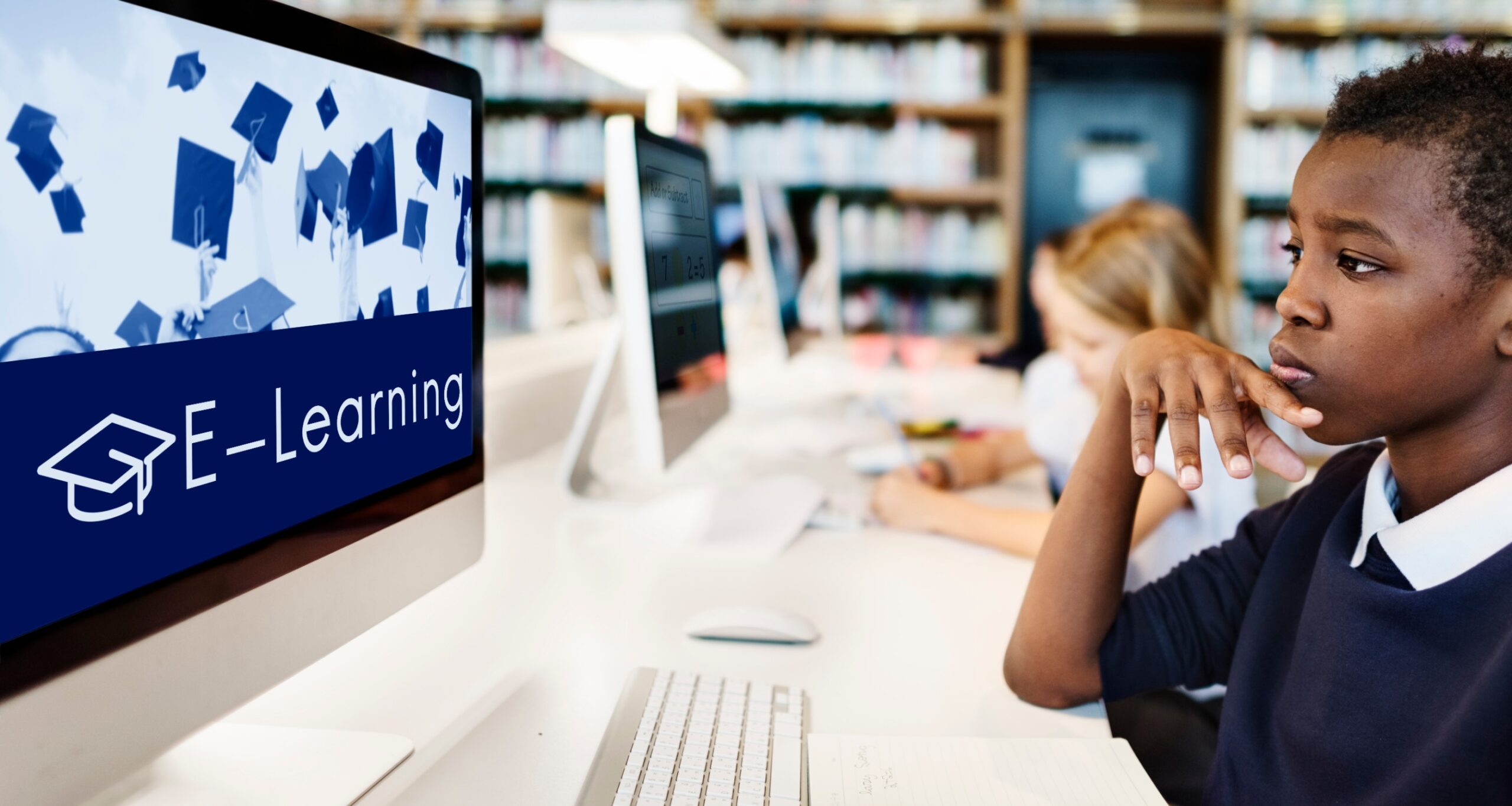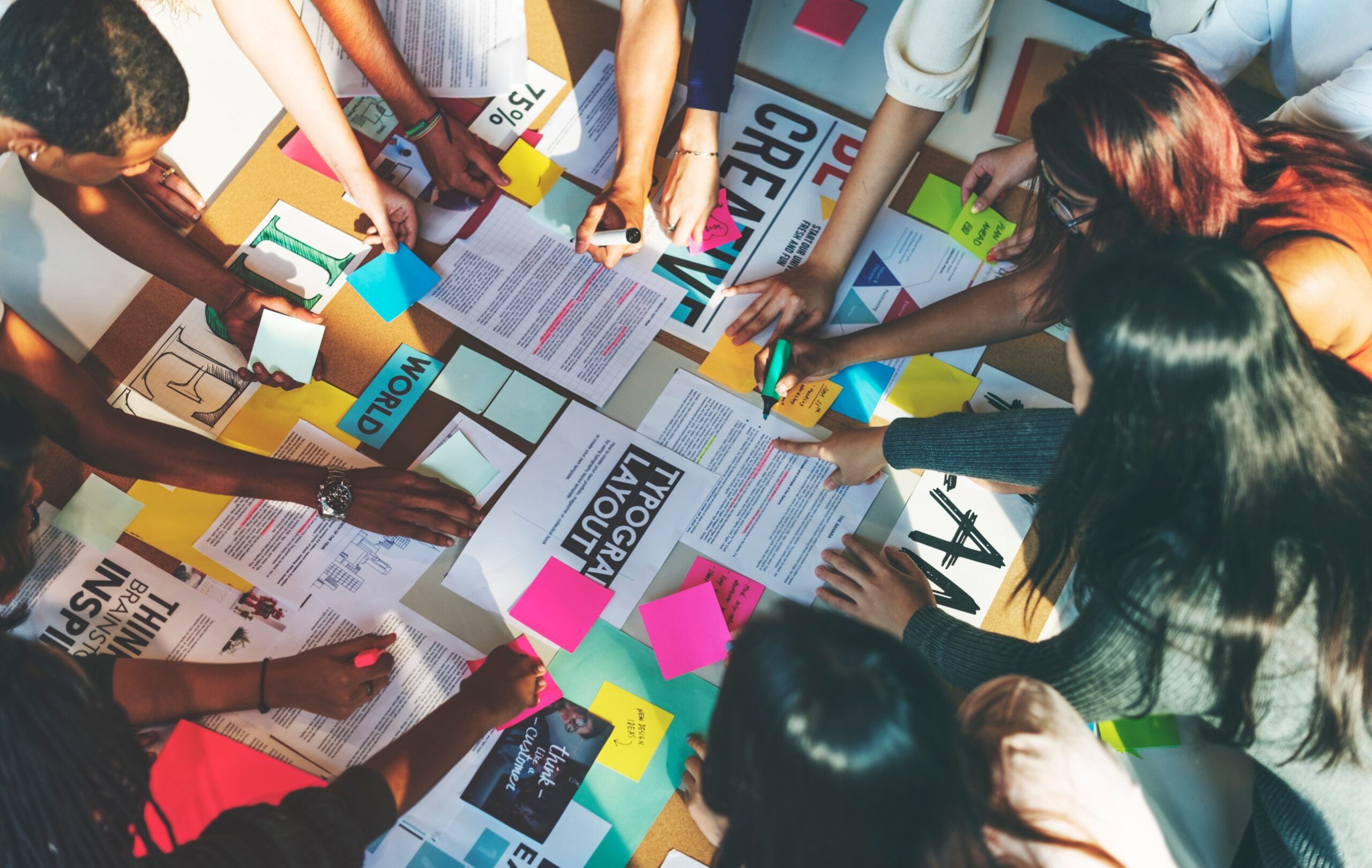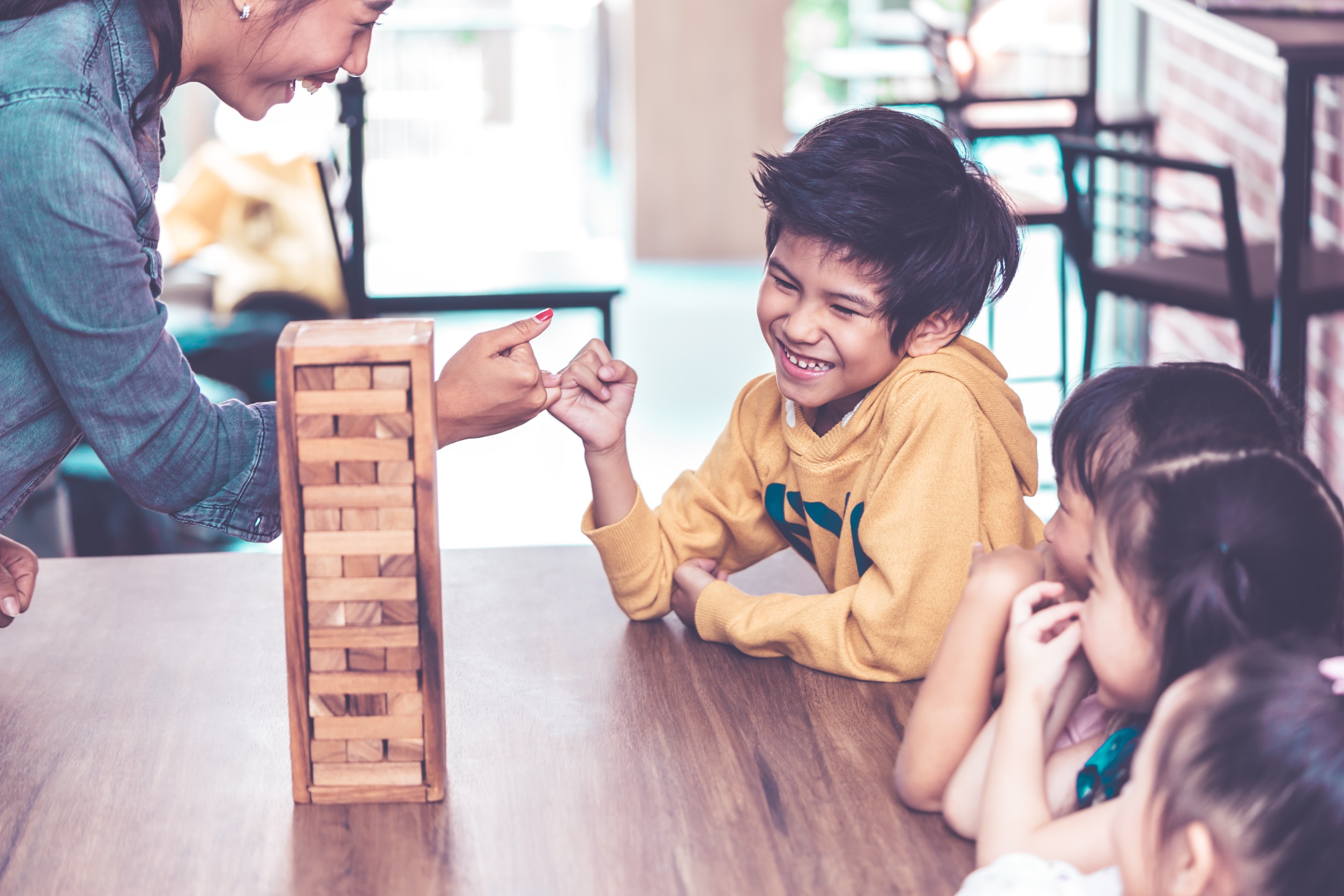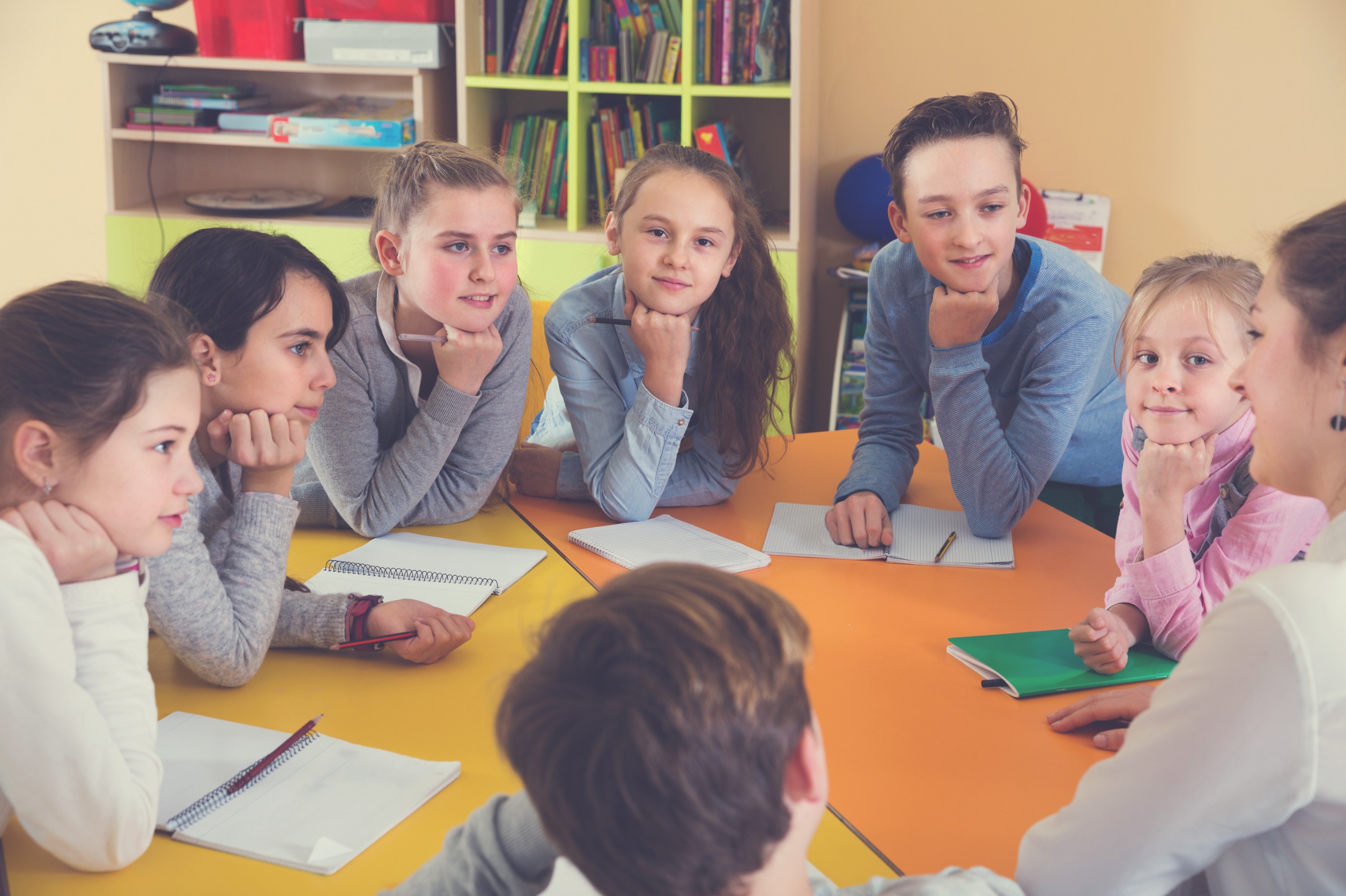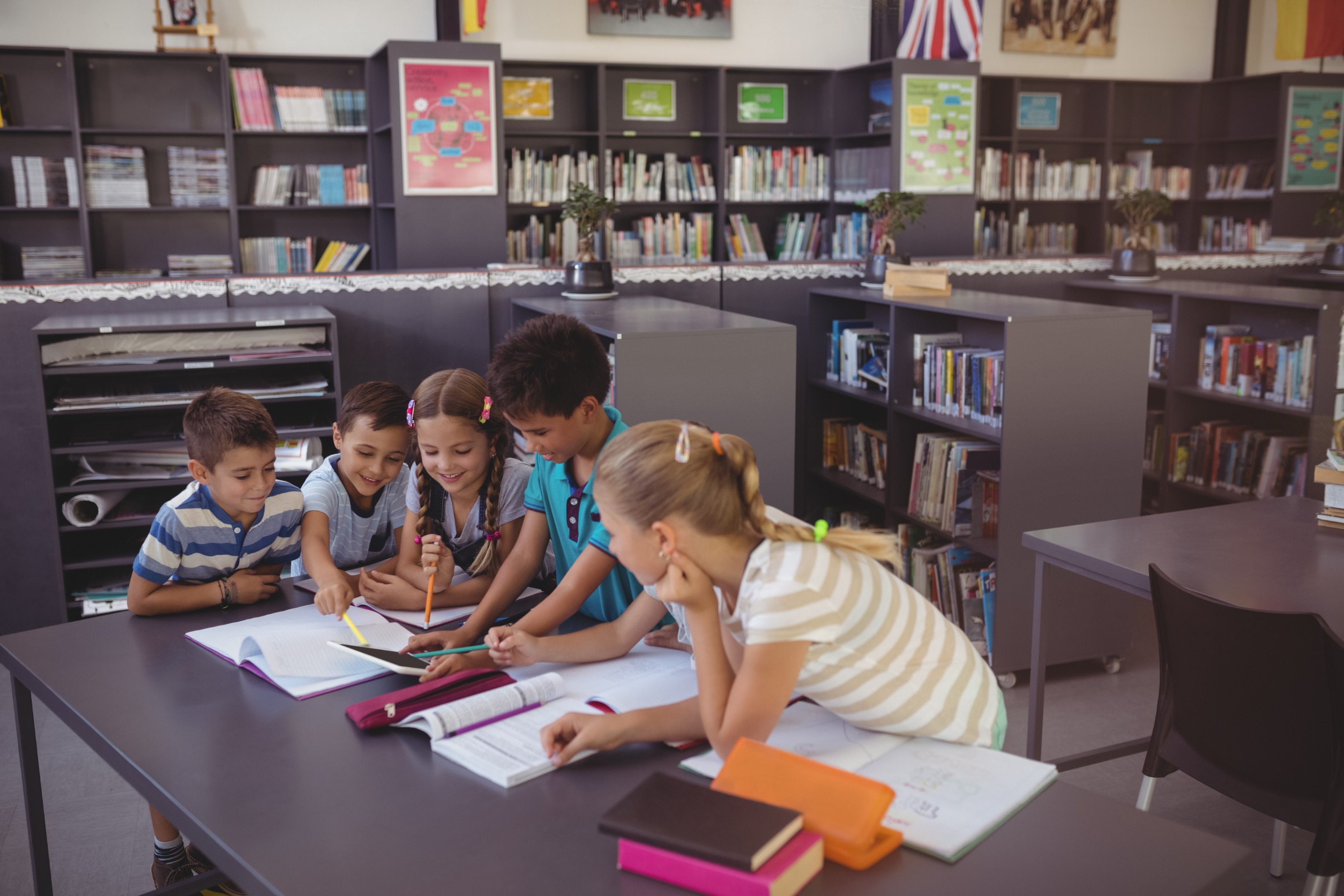As education continues to evolve and technology becomes more and more ingrained in almost every aspect of our lives, we’re seeing a new shift emerge: blended learning. This revolutionary way of teaching combines traditional instruction with online or digital elements so that students can learn in the most effective, engaging way possible.
Not only does this method allow for greater flexibility and customization for individuals, but it also enables teachers to address the various needs of their students while facilitating collaboration among classmates.
In this blog post, we’ll discuss what blended learning is exactly, why it matters as an instructional approach, and how you can apply it in your classroom. Let’s dive right into this exciting topic!
What is Blended Learning?
Blended learning, also known as hybrid learning, is an educational model that combines face-to-face classroom teaching with online education.
This model allows learners to benefit from the immediacy and social interaction of traditional classroom teaching, and the flexibility, resource diversity, and personalized learning pace offered by digital learning platforms.
Why Has Blended Learning Become Popular?
The popularity of blended learning has grown in recent years due mainly to the rapid advancement in technology and its increasing accessibility. This educational approach supports differentiated learning, allowing students to learn at their own pace, which is not always possible in a traditional classroom setting.
It also provides an avenue for incorporating diverse learning materials and multimedia resources to enhance understanding and engagement. Furthermore, blended learning offers a practical solution in this era of social distancing, making it a choice instructional approach in a changing world.
Benefits of Blended Learning: Flexibility, Personalization, and More
Blended learning offers several significant benefits, including flexibility, personalization, and a diverse learning experience. One of the prominent advantages is the flexibility it provides to learners, allowing them to learn at their own pace, anytime, and anywhere. This is particularly beneficial for students who may need extra time to understand a concept or those who work faster than their peers.
Personalization is another key benefit. With blended learning, educators can easily adapt and tailor educational content to meet individual learning styles and needs. The digital component of blended learning allows for the inclusion of multimedia resources like videos, interactive quizzes, and ebooks, catering to different learning preferences.
Moreover, blended learning promotes active learning and fosters digital literacy. By encouraging students to take control of their learning journey and engage with digital resources, this approach prepares them for the digital world and future workplaces.
Finally, blended learning facilitates constant feedback and communication between teachers and students, creating an interactive learning environment. Immediate feedback can be provided through digital platforms, enhancing the learning process and ensuring that students understand the content.
Overall, blended learning is a powerful tool in modern education due to its ability to cater to diverse learning needs, promote student engagement, and prepare students for the future.
Different Types of Blended Learning: Flipped Classroom, Hybrid Learning, and Other Models
Blended learning is not a one-size-fits-all concept. It comes in various models, each with its unique way of integrating online and traditional classroom instruction. Here are some popular types of blended learning:
- Flipped Classroom: In this model, the typical lecture and homework elements of a course are reversed. Students learn new content online by watching video lectures, usually at home, and what used to be homework (assigned problems) is now done in class with the teacher offering guidance.
- Hybrid Learning: This model is synonymous with blended learning. It combines traditional face-to-face instruction with online learning. The ratio of traditional to online learning varies, but the main goal is to supplement rather than replace traditional classroom instruction.
- Station Rotation: In this type of blended learning, students rotate through various stations on a fixed schedule, where at least one of the stations is an online learning station. This model is popular in elementary schools.
- Flex Model: In the Flex model, most of the instruction is delivered online, with teachers providing as-needed face-to-face support. This model allows students to customize their learning experiences based on their learning objectives.
- Online Lab Model: Here, students learn most of the curriculum online in a computer lab. There’s an in-person teacher available for questions and supervision, but the main instruction is delivered digitally.
- Self-Blend Model: This model allows students to supplement their traditional education with online coursework. It’s often used in high school to give students access to classes and subjects not available at their school.
- Online Driver Model: In this model, the entire course is delivered online, with optional face-to-face check-ins. It is a model often used in higher education and for adult learners.
Each of these models offers unique benefits and can be used in different contexts, catering to specific teaching and learning needs. The key to successful blended learning is to choose the model that best fits the learners’ needs and the instructional goals of the teacher or institution.
Implementing Blended Learning in the Classroom: How to Make Blended Learning Successful
Implementing blended learning in the classroom requires careful planning and strategic execution. Here are some key steps to ensure its success:
- Establish Clear Learning Objectives: Before you begin, it’s essential to have clear learning objectives. Each activity, whether online or offline, should align with these objectives and contribute to your overall educational goals.
- Choose the Appropriate Blended Learning Model: As discussed earlier, there are several models of blended learning. Choose the one that best fits your teaching style, your students’ learning preferences, and the resources available.
- Leverage Technology: Use technology that complements your teaching. Online platforms and digital tools should enhance learning, not complicate it. Ensure the technology you use is accessible and user-friendly for your students.
- Engage Students with Interactive Content: Online components of blended learning should be interactive and engaging. Use multimedia resources like videos, interactive quizzes, and simulations to get students actively involved in their learning.
- Provide Support and Feedback: Blended learning does not mean less teacher involvement. Be available to guide your students, answer their questions, and provide feedback on their progress. Remember, the goal is to blend the best of both worlds – online and traditional learning.
- Evaluate and Adjust: Finally, regularly evaluate the effectiveness of your blended learning strategy. Are your students achieving the desired learning outcomes? Are they engaged and motivated? Use this feedback to adjust your approach as needed, ensuring that your blended learning environment is effective and beneficial for all students.
Remember, the success of blended learning lies in the blend. It’s not about replacing traditional teaching practices but enhancing them with the power of digital learning. With thoughtful planning and implementation, blended learning can lead to enriched learning experiences and improved student outcomes.
Challenges of Blended Learning
While blended learning brings numerous advantages, it also presents several challenges that educators must address to ensure its effective implementation.
- Technical Difficulties: One of the most common challenges of blended learning is technical issues. It can include unreliable internet connection, inadequate devices, or unfamiliarity with digital platforms. These difficulties can disrupt the learning process and hinder the delivery of content.
- Digital Divide: The digital divide, the gap between those who have easy access to technology and those who do not, can be a significant obstacle. This disparity can lead to inequality in learning opportunities, impacting the educational outcomes of disadvantaged students.
- Training and Support for Teachers: Teachers often require training to effectively implement blended learning. They must become comfortable with technology, understand how to integrate digital tools into their teaching and know how to support students in using these tools.
- Maintaining Engagement: Keeping students engaged can be more challenging in a blended learning environment, where distractions are more common. Teachers must devise strategies to keep their students motivated and engaged, both in the classroom and online.
- Assessing Student Progress: In a blended learning environment, traditional assessment methods might not always be applicable, necessitating the development of new, innovative ways to assess student progress and performance.
- Planning and Preparation: Implementing blended learning requires careful planning and preparation. Teachers must design lessons that effectively integrate online and offline components, which can be time-consuming.
Despite these challenges, the benefits of blended learning are worth the effort. With the right strategies, resources, and support, these challenges can be overcome, paving the way for a learning environment that is versatile, engaging, and effective.
In Conclusion
Blended learning is a transformative approach to education that effectively integrates traditional classroom teaching with digital learning. While it presents its own set of challenges such as technical issues and maintaining student engagement, the benefits it offers are significant.
Not only does blended learning cater to diverse learning styles, but it also fosters digital literacy, equips students for the future, and promotes a more personalized learning experience.
It’s the future of modern education, offering a flexible and adaptive learning model that can serve all learners effectively in the ever-evolving digital age. At Royal Public Schools, we offer a few models of blended learning mentioned in the blog. Please reach out to us to learn more about our blended learning methods.
About Us
Royal Public Schools stands out as one of the best middle schools in San Antonio, TX. Committed to prioritizing student success, our unique approach sets us apart in education excellence. With our innovative programs and initiatives, we want to bring together experienced educators, state-of-the-art facilities, and the support of the community to create an environment that not only encourages educational excellence but allows students to succeed in various areas of life.
In the end, Royal Public Schools’ mission is clear: to empower students all across Texas. Join us in this mission and help your child succeed in all facets of life! Don’t wait any longer—fill out the application form today to secure your child’s future with the right education!

